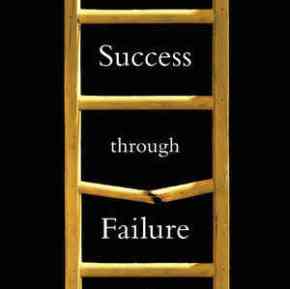 Interestingly enough, children have a hard time answering this question because in their minds anything is possible. Why do you think as adults we have to remind ourselves of what is possible by asking questions such as this? Take a moment to think about this.
Interestingly enough, children have a hard time answering this question because in their minds anything is possible. Why do you think as adults we have to remind ourselves of what is possible by asking questions such as this? Take a moment to think about this.
Have we become conditioned by our experiences or our environment to think a certain way? Maybe it’s someone that we love and trust telling us that we “need to be more realistic” or “that couldn’t possibly work”. Perhaps we’ve made that attempt to start a new business, write a book or even face the challenge of weight loss and failed.
If you think back to childhood, how many times did you fall off your bike before you were able to pedal down the street? Then once you made it down the street, some of you probably attempted to ride without holding on to the handlebars.
Several years ago, my fiancé was teaching his daughter how to ride her bike and the initial experience for her was an agonizing one because she thought it would be so easy. It had to be because all her friends were able to ride their bikes so why couldn’t she? As she tried to keep the bike steady as she pedaled, you could see the look in her eyes that displayed fear and at times it was completely justifiable especially the time when she ran into the brick pillar at the end of the drive way.
This is when she made the decision to give up but my fiancé wouldn’t let her. He would encourage her to keep getting back on her bike during the times when she was the most fearful to overcome all the negative affirmations that was running through her mind. Eventually she became more confident with the process and was able to ride longer and longer without falling.
What if she made the decision to no longer keep trying even though her success of riding was only days away? What if we would’ve encouraged her to quit because it was too painful for us to see her work through the emotional & physical pain?
As we have become adults, most of us tend to continue doing what is comfortable for us to avoid failure. Often times this leads to existing in life and not living life. So ask yourself, what would you do if you couldn’t fail and write down all of your answers? There aren’t any wrong answers.
Now ask yourself, what would you do if you knew you would fail and would later lead to success?
Did you know that Thomas Edison made 9,999 attempts before he successfully created the light bulb; that Henry Ford’s first two car companies failed and left him for broke before he founded Ford Motor Company or that Walt Disney was fired when he was a young editor because, “he lacked imagination and didn’t have any ideas” and faced bankruptcy twice then eventually went on to build Walt Disney that now generates approx. $30B annually?
Ask yourself again, what would you do if you knew you would fail but would later lead to success?



